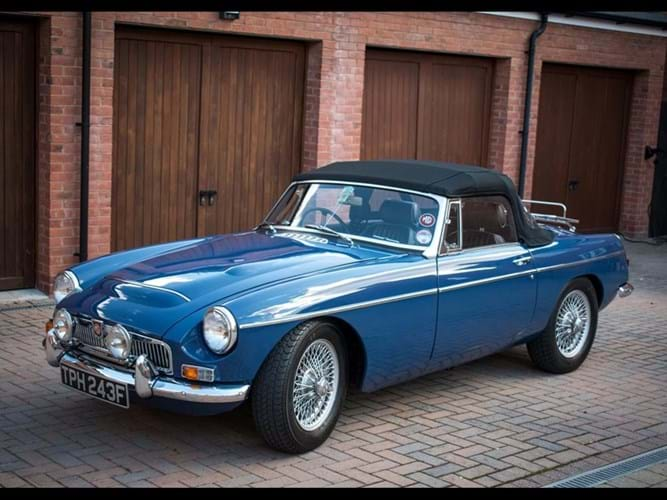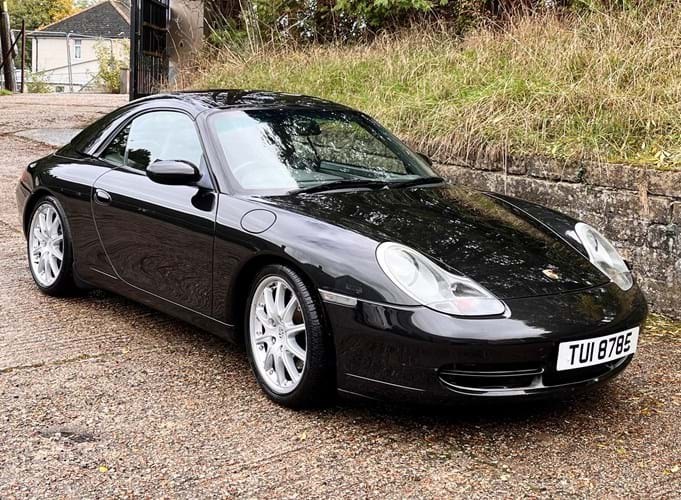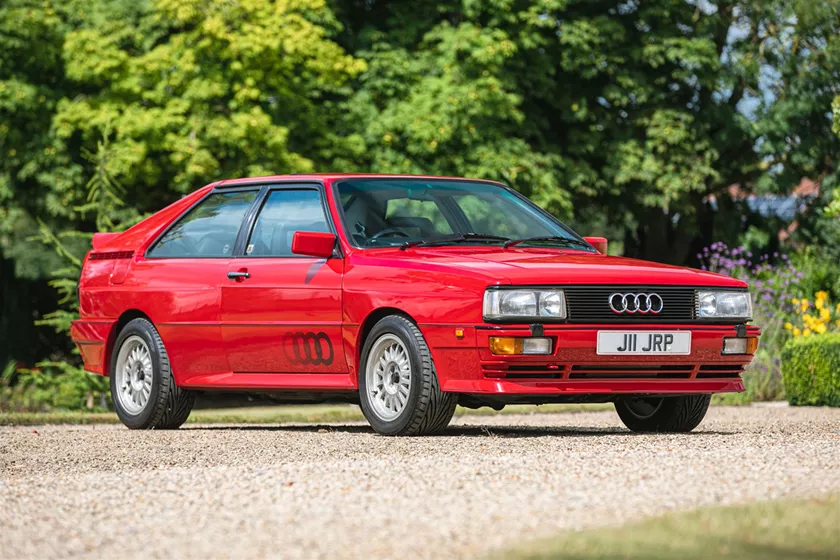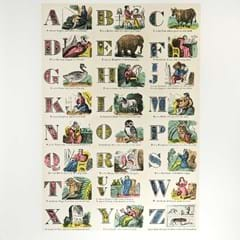Ten steps to winning the classic car of your dreams at auction
For some people owning a classic car is all about getting your hands on the vehicle you wanted when you were 18 with a new licence and couldn’t afford it.
This 1991 Audi Quattro sold for £76,500 at Silverstone Auctions in August 2022.
For others it is the joy of driving a car that reminds you of times past. The looks, the engine sound, the feel on the road all combine to provide a unique experience.
Or maybe there is a car in your favourite film or TV show that looks so cool you just have to drive one.
So, what is a classic car?
There is no generally accepted age when a car can be referred to as a classic car but typically the vehicle will be more than 20 years old and, for many people, should be from a particular manufacturer. Few people will think of an old Austin Allegro as a classic car whereas a Porsche 911 will be on everyone’s list.
The UK government, on the other hand, considers cars over 40 years old as ‘historic’ vehicles and does not charge them road tax.
Naming matters aside, auctions can be a great place to find the classic car of your dreams.
However, buying a classic car is a matter both for the heart and the head. It’s fine to get enthused by the prospect of buying the car you always wanted but before you speed off into the distance make sure you follow these 10 steps to doing it right way.
1. Decide what you will be using the car for
That might sound obvious but it does affect which model to buy and what to pay for it. Will you, for example:
- Use it as a second car mostly for fun weekends and outings? You’ll need to consider, among other things, space and comfort.
- Use it all year round? A car that can cope well with winter weather is therefore needed.
- Use it as your main car for your daily commute? You will probably want a car with relatively low mileage and one that enjoys a good reputation for reliability.
- Be entering classic car competitions? You should look for a vehicle with its original parts, which will cost you more.
Once you have worked that out, you can research which makes and models find your criteria. There are various classic car magazines and corresponding websites you can refer to and you can also use the Price Guide on thesaleroom.com.

This 1985 Ford Capri was sold for £15,500 at Classic Car Auctions in September 2022.
Another smart move is to…
2. …Join an owners club
It might seem odd to be joining an owners club before you own the vehicle but if your heart is set on a particular model you will find the relevant owners club a great source of helpful information.
Like-minded owners are always happy to share their tips and experiences. In particular, you can ask them (via their online forums or at a meet-up): what do they reckon you should pay for the car you are intending to bid for; does it have a reputation for being easy to maintain; is it simple and cheap to acquire spare parts.
For some makes and models there are plenty of spare parts available, for other cars spares can be scarce and sometimes have to be custom-made, an expense you may need to factor into the servicing costs you will incur later.
3. Consider storage
Unless you are going to use it almost every day it is best to keep your classic in a garage. Cars left outside exposed to the elements can deteriorate at a rapid rate when not driven and can quickly become a source of frustration rather than pleasure. If you do not have a garage, it is worth investigating car storage facilities nearby.
4. Find that car
On thesaleroom.com you can find auctions from specialist classic car auction houses as well as cars included in more general sales held by other auction houses. You can search for the car you are looking for or set up alerts to notify you when a new sale or lot corresponding to the keyword you have set up is posted online.
Once you see the car you want in an auction, read the lot description, check all the photos as well as the auction house’s terms and conditions, then you are ready for the next step.

This 1968 MG C Roadster sold for £23,000 in September 2022 at Historics Auctioneers.
5. Inspect the car
Check the car’s mileage. The lower the mileage, the less it has been used and typically the less maintenance it will require. Of course, a car in newer condition will likely cost you more.
Look for rust damage. Check the photos online and ask the auction house for more if you need them. There will also be viewing days which you can and probably should attend.
Expect a bit of rust on an old car, but a lot of rust indicates that the car has not been properly maintained and that should make you concerned that there could be bigger issues with the car.
What you will not be able to do is take the car for a test drive – auction houses are not car dealerships. However, specialist classic car auction houses will often include in their lot descriptions a statement from the owner who is selling the car that refers to the history of the car and how it drives.
6. Look for good provenance
This is about the car’s history and the evidence that supports it. Look for the service book, invoices for maintenance, old MOTs, expired tax discs as well as details of who owned the car and when.
The more information is available, the more you can understand about the vehicle’s part and the more confidence you can have in the seller.

This Porsche 911 Carrera convertible, first registered in 1999, sold for £12,000 at Atkins Auctions in October 2022.
7. Plan your budget
After all that research it is time to set your budget. Fix in your mind a maximum price, not forgetting the buyer’s premium (which is the auction house’s fee to you as the buyer and is charged as a percentage of the hammer price and added to the hammer price). Specialist classic car auctions often have lower premiums than general auction house sales, check the terms and conditions.
One tip here is that most people set their limit at a round figure, so if you set yours just slightly higher - for example, £7,000 plus one bid - then you have a better chance of outbidding them if they have set their maximum at exactly £7,000.
8. Bid and win
You can bid online through thesaleroom.com. Most car sales are live auctions but some may be timed. You can learn more from our guide to live auctions and our guide to timed auctions.
Joining in an auction is fun, just be careful not to blow your budget!
9. Get insured
Once you have bid and won the car of your dreams, you will pay for it and collect it (or arrange for it to be transported to you – auction houses will not be delivering it free of charge). And before you drive for the first is the moment to sort out insurance.
Insuring a classic car is generally good value – owners of such vehicles are generally older, do not drive their classics every day and tend to drive their valuable car carefully.
You could look for a limited mileage policy including breakdown cover that features home start and unlimited roadside recovery. Be willing to supply photos if the insurer asks for them.
10. Check if you need to pay tax
Vehicles that are 40 years old or more qualify for free road tax. You still need to go through the process of ‘taxing’ your vehicle, you just do not have to pay for it.
The government website gov.uk refers to it as follows:
Historic vehicle tax exemption
You can apply to stop paying for vehicle tax from 1 April 2022 if your vehicle was built before 1 January 1982. You must tax your vehicle even if you do not have to pay.
Time to browse and bid
Now you know how to get ready to acquire the car of your dreams, take a look at the latest online auction catalogues featuring classic cars.



